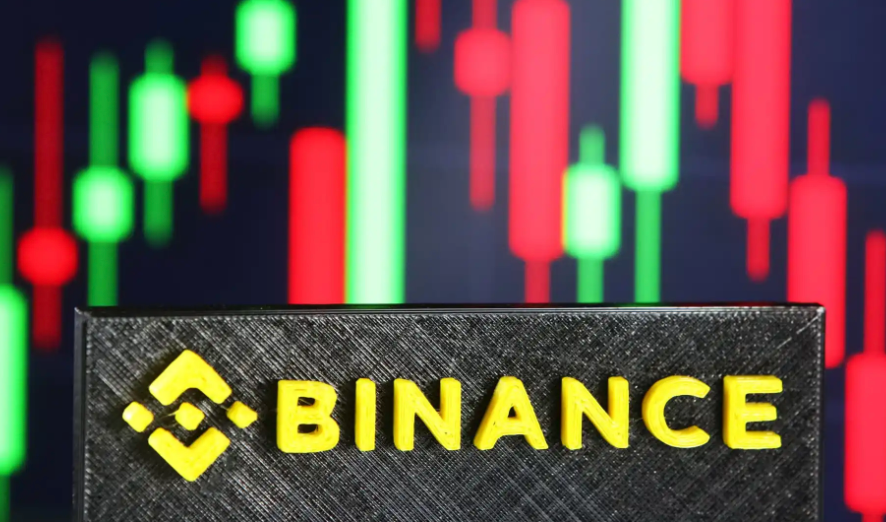Binance's delisting decisions, while incorporating user votes, ultimately depend on a comprehensive review considering project fundamentals, market performance, and regulatory compliance.

On March 21, Binance's official page showed that the first batch of voting was launched, and the voting ranged from 14:30 on March 21, 2025 (UTC+8) to 7:59 on March 28, 2025 (UTC+8) for seven days. According to the rules, users need to log in to a verified Binance account and hold at least 0.01 BNB in the trading account during the voting period. The voting is valid. Each user can vote for up to 5 items in the drop-off voting pool, and each certified account can only vote for each item. But it is worth noting that the voting results are not the only factor that determines the final removal.
Judging from Binance's official statement, project monitoring is still under continuous evaluation, and the final decision to remove the shelves will be made in accordance with Binance's official review process and standards. This shows that voting is just a reference link in the entire decision-making process of removing the shelves. As a world-renowned cryptocurrency trading platform, Binance has a complete and rigorous project review system. It needs to consider many factors in a comprehensive way to ensure the stability, security and compliance with relevant compliance requirements of platform transactions.

When evaluating whether the project is taken off the shelves, the fundamentals of the project itself are an important consideration. For example, the technical strength of the project, team operation status, community activity, etc. Taking the project participating in the voting this time as an example, if a project lacks product development updates for a long time and the team and community are extremely active, even if it is not asked to be removed by a large number of users during the voting, Binance may consider removing it from the platform based on its own review. Because such projects have a high potential risk for investors, it may affect the overall reputation and user experience of the platform.
Market factors cannot be ignored. The cryptocurrency market is volatile, and the liquidity and trading volume of trading pairs are key indicators for measuring their market performance. If the trading pair of a project token is insufficient liquidity and low trading volume for a long time, it cannot meet the platform's trading activity requirements, even if the voting results show that the user is not willing to take it off the shelves, Binance may decide to remove it based on the purpose of maintaining the platform's trading ecosystem to optimize the platform's resource allocation and provide users with a better and more active trading environment.
In addition, regulatory compliance is also an important basis for Binance's decision-making. With increasingly stringent regulation of cryptocurrencies around the world, Binance needs to ensure that projects on the platform comply with local laws and regulations. If a project is found to have compliance risks, such as money laundering, fraud or violation of regulatory regulations in a specific region, Binance is very likely to remove it from the shelves regardless of the voting situation to avoid potential legal risks and ensure the platform's compliance operations.
To sum up, although Binance's voting mechanism gives users a certain right to speak, the voting results are by no means the only factor that determines the final removal of the project. When making a decision to take down the shelves, Binance will comprehensively integrate project fundamentals, market performance, and regulatory compliance, and through a rigorous review process, ensure the stability and security of platform transactions and safeguard the overall interests of users.























































































